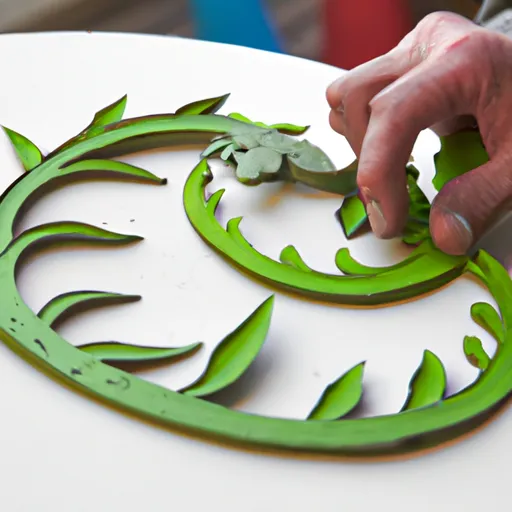
The art of creating website prototypes is entering a new era of web development. In the past, website development was a long and complex process that required deep programming and design knowledge. However, with the advancement of technology and various tools, prototyping has become more accessible and convenient for most developers and designers.
Website prototyping is the process of creating the concept and structure of a site to present its functionality and appearance. This stage of development allows testing the effectiveness and user-friendliness of a site before its physical creation. Website prototypes can be static or interactive, allowing users to navigate through various functions and actions.
Effective website prototypes help identify and address issues at the earliest stages of development. They also facilitate easy communication with clients and project stakeholders, providing them with a visual representation and functionality of the future website. Prototypes contribute to a full understanding of the end product, reducing the risk of misunderstandings and erroneous assumptions.
There are numerous tools and methods for creating website prototypes. One of the most popular tools is prototyping software, such as Figma, Adobe XD, Sketch, and InVision. These tools offer a wide range of features for creating interactive prototypes with page transitions, animations, and user testing.
The choice of prototyping tool depends on the needs and preferences of the developer or designer. Some prefer tools specialized in specific aspects of prototyping, such as user interface design or animations, while others prefer integrated solutions.
After selecting a tool, the next step in creating a website prototype is defining its structure and functionality. This includes creating a layout, arranging elements, choosing a color scheme, typography, and interactive elements. The goal of this stage is to create an accurate visual representation of the final website.
When creating a prototype, it is important to consider the needs and expectations of the user. User research and testing help identify these needs and create a prototype that meets their expectations. Prototyping also allows for iterative changes and improvements to the website's design and functionality based on user feedback.
The advantages of using website prototypes are evident. Prototypes allow seeing the end product at early stages of development and prevent wasting time and money on unnecessary development. They help maintain design integrity, align project ideas and goals, and reduce the risk of errors and unforeseen problems in subsequent stages of development.
The new era of web development has also brought new approaches to creating website prototypes. One such approach is the use of component libraries that can be reused across different pages and projects. This simplifies and speeds up the development process, allowing focus on creating unique website ideas and functionality.
Overall, creating website prototypes has become an integral part of the modern development process. It allows developers and designers to save time and resources, prevent errors, and improve user interaction. Website prototypes have become an art that helps convey website ideas and concepts, visualize them, and gain necessary feedback. They are an essential part of the website development process and an indispensable tool for achieving success in the modern field of web development.


